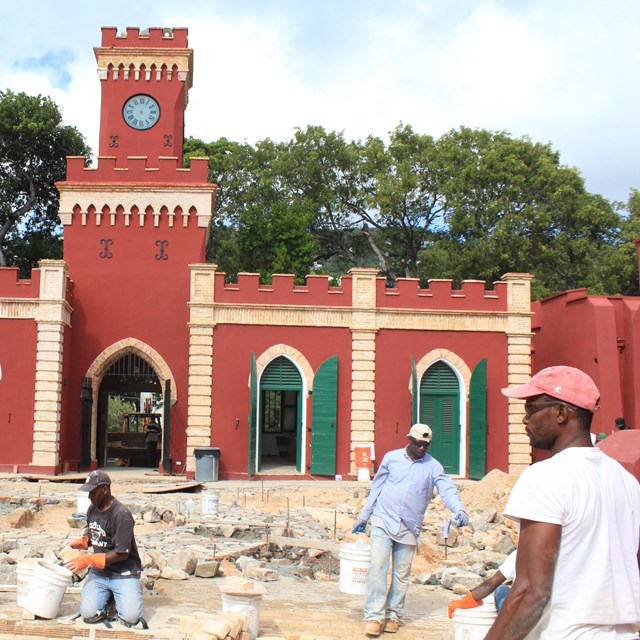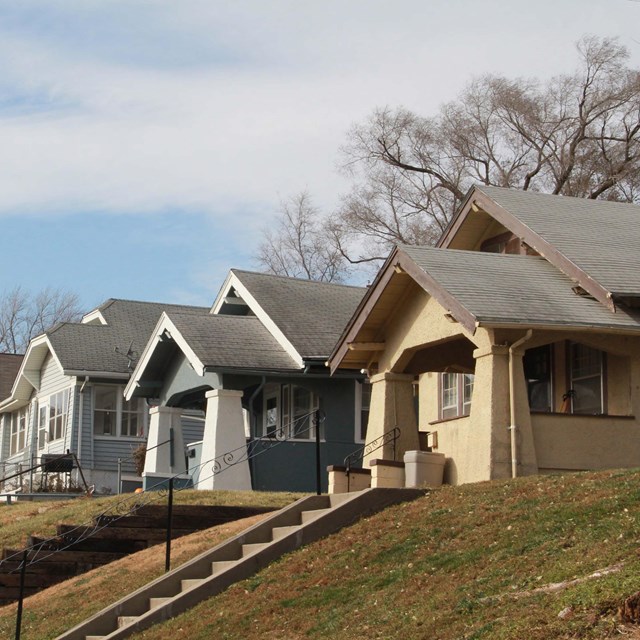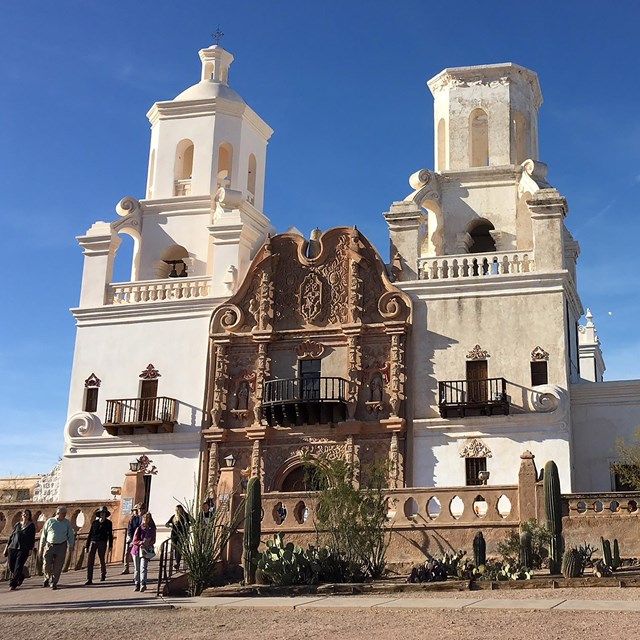The Paul Bruhn Historic Revitalization Grant Program, named in honor of the late preservation leader from Vermont, fosters economic development in rural communities through the rehabilitation of historic buildings in those communities. The program provides recipients (referred to as prime grantees) with a single grant that is then regranted in smaller amounts to individual projects (subgrants).
Prime grantees design and administer subgrant programs that support the economic development goals and needs in their chosen service area. Subgrants could be limited to a single town, made available to rural communities in a particular county, or throughout a multi-county region or an entire state. Similarly, it is up to the prime grantee to determine what types of buildings and community resources will be eligible for subgrants. Will funding be limited to specific resource types (i.e. theaters, community centers, businesses) or can any building in an eligible community receive a subgrant?
Prime grantees must determine the focus and criteria for the subgrant program they wish to administer and describe this program in the application. If successful, the recipient then develops their own application process and project selection criteria for choosing which buildings will receive subgrants. Prime grantees cannot use grant funds for their own properties or submit applications for individual buildings or pre-selected projects. The intent of this program is to provide funds that can be regranted to projects that have been selected through a locally administered competitive process after the prime grant is awarded.
What are eligible projects?
Examples of eligible projects could include, but are not limited to:
-
A State Historic Preservation Office (SHPO) could apply for a grant to administer a subgrant program that supports the rehabilitation of historic theaters in rural communities throughout the state. The application would describe why the SHPO has selected theaters as the focus of the subgrant program, the maximum amount of each subgrant, how they intend to publicize the subgrant opportunity, and how they intend to choose projects for funding after the grant is awarded.
-
An economic development agency in a Certified Local Government (CLG) county could apply for a grant to support façade improvements for historic buildings in rural villages throughout the county. The application would describe the types and significance of historic resources in the county’s villages, The types of activities eligible for funding, the amount of each subgrant, how they intend to publicize the subgrant opportunity, and how they intend to choose projects for funding after the grant is awarded.
-
A regional non-profit organization could apply for a grant to support the preservation of historic anchor commercial buildings in rural communities throughout a ten county region. The application would describe the communities and historic resources throughout the region, the types of buildings eligible for subgrants, the amount of each subgrant, how they intend to publicize the subgrant opportunity, and how they intend to choose projects for funding after the grant is awarded.
Eligible subgrant properties must be listed in the National Register of Historic Places or determined eligible for listing at the National, State, or local level of significance and located within rural (non-urban) communities with populations less than 50,000. State Historic Preservation Offices, Tribal Historic Preservation Offices, Certified Local Governments, and non-profits can apply for funding that will in turn be subgranted to specific projects in rural communities in their jurisdictions. Eligible costs for this program include architectural/engineering services (not to exceed 20% of the subgrant) and physical preservation projects.
Is funding available?
When funding is available, application packages must be submitted using grants.gov in response to a notice of funding opportunity number under Assistance Listing (formerly CFDA) 15.966.

Program Fact Sheet
A short summary of the Paul Bruhn Historic Revitalization Grant Program that has general information on funding priorities, project and applicant eligibility, and upcoming important due dates and deadlines.Fact sheets are intended to provide an overview of the grant program. Full application details and requirements will always be outlined in the Notice of Funding Opportunity posted to grants.gov.
Helpful Links for Grantees and Applicants
To learn more about the ways that the National Park Service is connected to the preservation of historic sites nationwide, check out the links below. Feel free to look up specific properties listed as National Historic Landmarks or properties listed in the National Register of Historic Places using these sites.
Last updated: August 29, 2024



